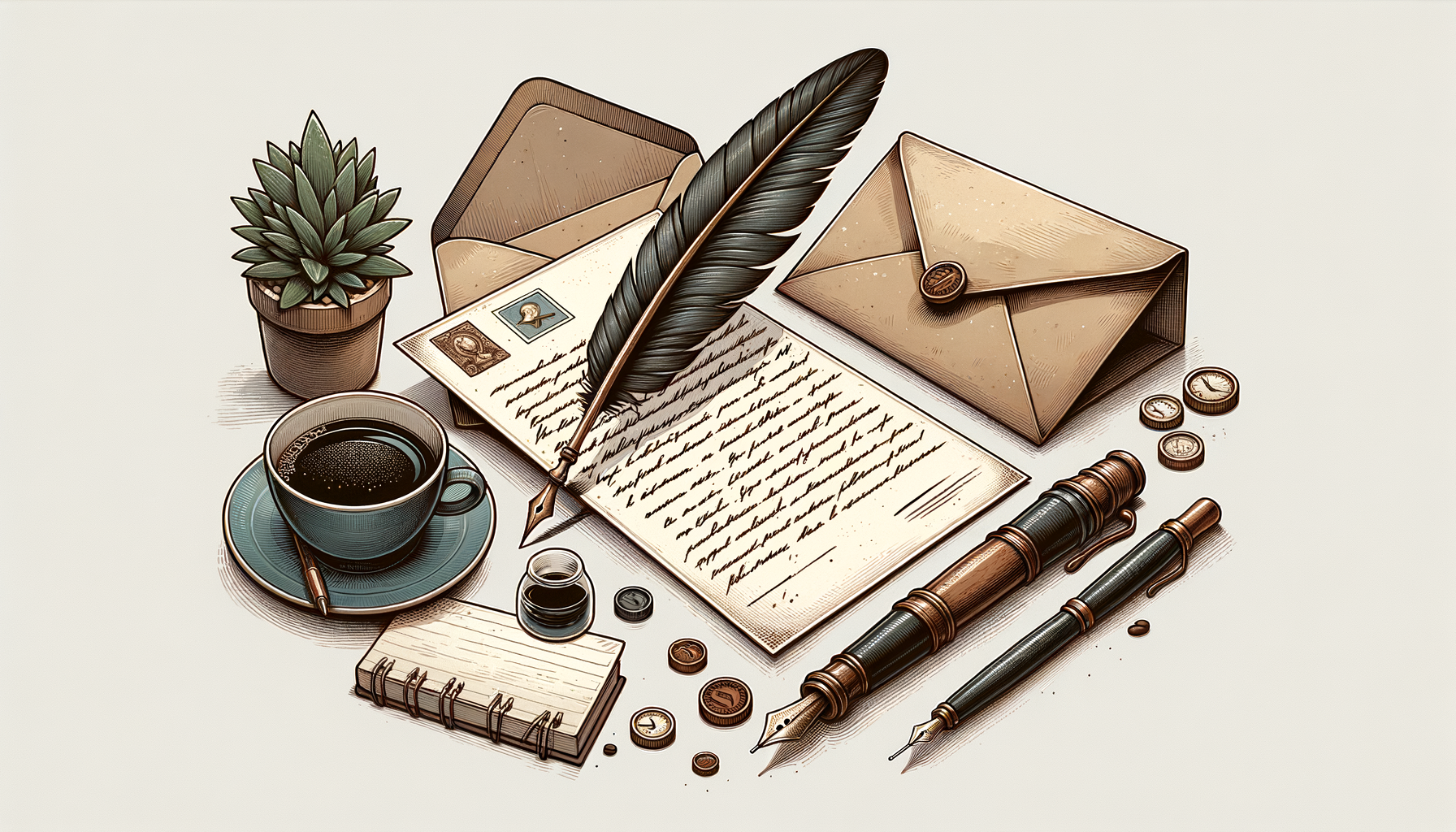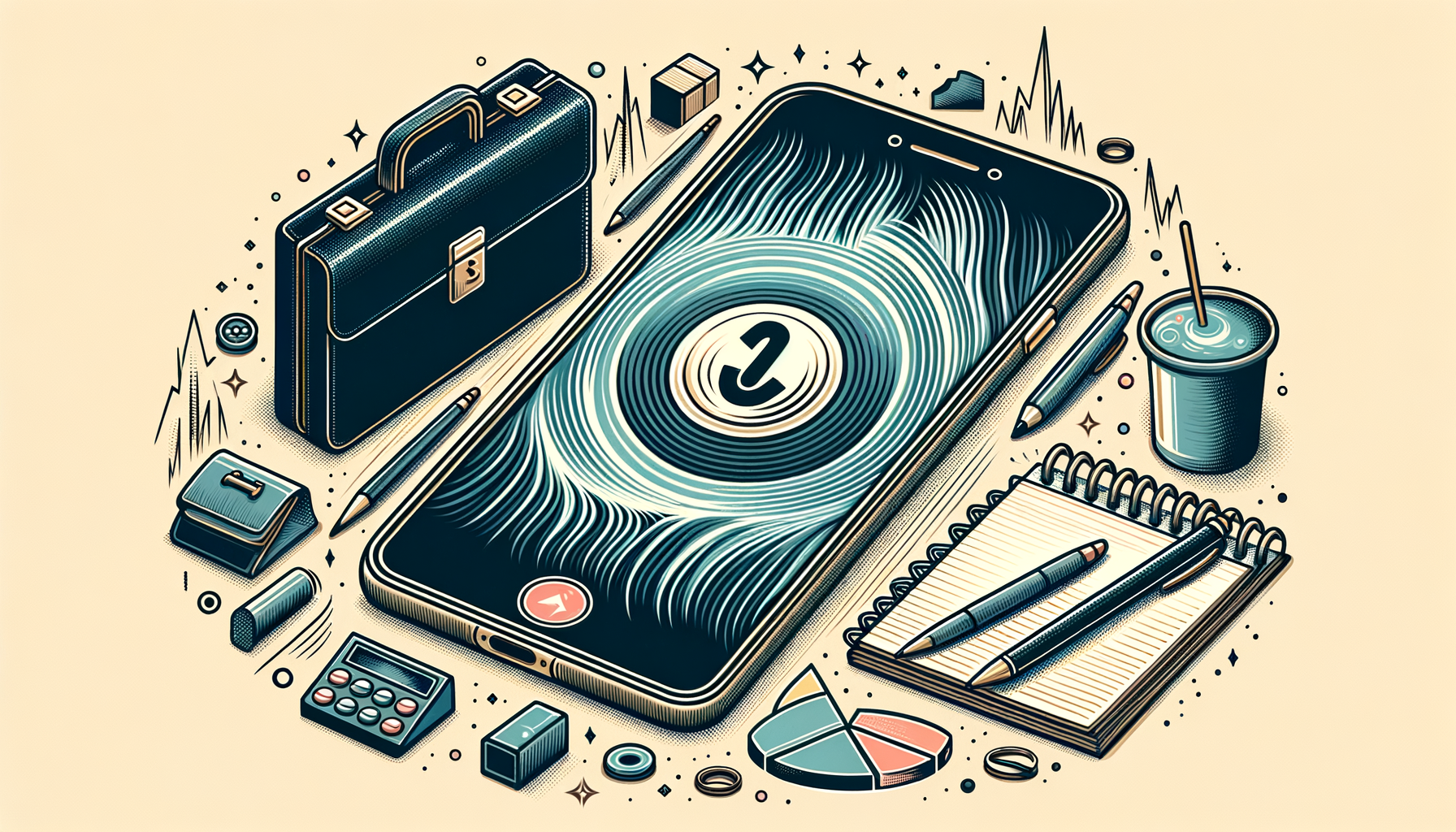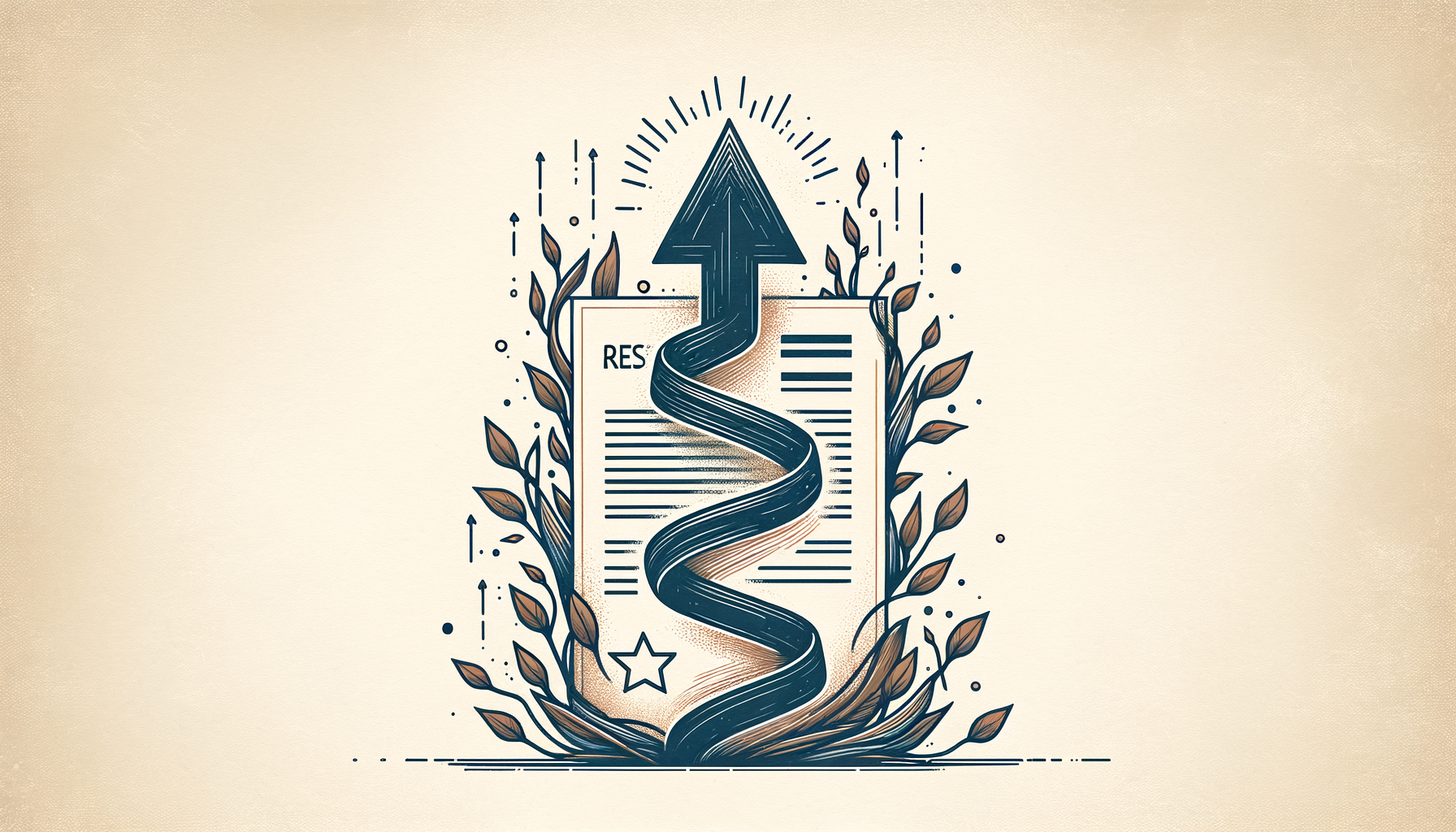Crafting a resume that captures the attention of hiring managers is essential for any aspiring graphics designer. In a competitive job market, your resume must not only showcase your creative talents but also present your professional experience and skills in a clear, compelling way. This article will guide you through the key elements to include in your graphics designer resume, provide a detailed template example, and share practical tips to help you create a standout application that opens doors to exciting career opportunities.
Key Elements to Include in a Graphics Designer Resume
Understanding the fundamental components of a graphics designer resume is crucial for jobseekers aiming to make a strong impression. Your resume should balance creativity with professionalism, highlighting your unique qualifications while ensuring readability and relevance. The following five elements form the backbone of an effective graphics designer resume, each contributing to a comprehensive presentation of your candidacy.
Contact Information
Include your full name, phone number, professional email address, LinkedIn profile, and location (city and state). This section should be easy to find and formatted cleanly to ensure recruiters can quickly reach you.
Professional Summary That Stands Out
Craft a concise summary that highlights your design expertise, years of experience, and key achievements. This snapshot should immediately communicate your value proposition and set the tone for the rest of your resume.
Work History Highlights
Detail your relevant job roles in reverse chronological order, emphasizing accomplishments and responsibilities that demonstrate your design skills and impact. Use action verbs and quantify results where possible to add credibility.
Education Background
List your academic qualifications, including degrees, institutions, and graduation dates. Include any specialized design courses or certifications that enhance your profile.
Key Skills to Showcase
Highlight technical skills such as proficiency in design software (e.g., Adobe Creative Suite), as well as soft skills like creativity, communication, and time management. Tailor this section to match the job description for maximum relevance.
Graphics Designer Resume Template Example
Contact Information
Name: [Your Full Name]
Phone: [Your Phone Number]
Email: [Your Professional Email]
LinkedIn: [Your LinkedIn Profile URL]
Location: [City, State]
Professional Summary
Creative and detail-oriented Graphics Designer with over 5 years of experience in developing compelling visual content for digital and print media. Proven ability to translate client ideas into innovative designs that drive engagement and brand recognition. Skilled in Adobe Creative Suite, typography, and layout design, with a strong commitment to meeting deadlines and exceeding expectations.
Work History
Senior Graphics Designer – Creative Agency, New York, NY
June 2020 – Present
- Lead design projects from concept to completion for high-profile clients, increasing client satisfaction by 30%.
- Collaborate with marketing and product teams to create cohesive brand visuals across multiple platforms.
- Mentor junior designers, fostering a creative and productive team environment.
Graphics Designer – Design Studio, Boston, MA
January 2017 – May 2020
- Designed logos, brochures, and social media graphics that enhanced client brand identity.
- Managed multiple projects simultaneously, consistently delivering on time and within budget.
- Implemented feedback from clients and stakeholders to refine design outputs.
Education
Bachelor of Fine Arts in Graphic Design
University of Arts, Philadelphia, PA – Graduated May 2016
Key Skills
- Adobe Photoshop, Illustrator, InDesign
- Typography and Color Theory
- Brand Identity Development
- Creative Problem Solving
- Time Management and Collaboration
Certifications
Adobe Certified Expert (ACE) – Adobe Photoshop CC
Google UX Design Professional Certificate
Tips for Writing Graphics Designer Resume
- Use a clean, professional layout that balances creativity with readability to make your resume visually appealing without overwhelming the reader.
- Tailor your resume for each job application by incorporating keywords from the job description to pass applicant tracking systems (ATS).
- Quantify your achievements with metrics or specific examples to demonstrate the impact of your design work.
- Include a portfolio link or attach samples of your best work to provide tangible evidence of your skills.
- Keep your language concise and action-oriented, focusing on accomplishments rather than just duties.
Frequently Asked Questions
- What should I include in the professional summary of my graphics designer resume?
Your professional summary should briefly highlight your design experience, key skills, and what makes you unique as a candidate. It should be tailored to the job you are applying for and grab the employer’s attention immediately. - How important is it to list software skills on a graphics designer resume?
Listing software skills is very important as it shows your technical proficiency. Employers often look for candidates skilled in industry-standard tools like Adobe Photoshop, Illustrator, and InDesign. - Should I include a portfolio link on my resume?
Yes, including a portfolio link is highly recommended. It allows employers to see your actual work and assess your design style and capabilities firsthand. - How can I make my graphics designer resume stand out?
Use a clean, visually appealing format, tailor your resume to the job description, highlight measurable achievements, and include a strong professional summary. Adding certifications and a portfolio link also helps. - Is it necessary to include certifications on a graphics designer resume?
While not always mandatory, certifications can add value by demonstrating your commitment to professional development and proficiency in specific tools or methodologies.
Conclusion
Creating a compelling graphics designer resume involves more than just listing your job history; it requires a strategic presentation of your skills, experience, and creativity. By following the step-by-step guide outlined here, you can build a resume that not only highlights your qualifications but also resonates with potential employers. Start by organizing your contact information and crafting a strong professional summary, then detail your work history and education, and finally, showcase your key skills and certifications. With these elements in place, you’ll be well on your way to landing your next graphics design role.






